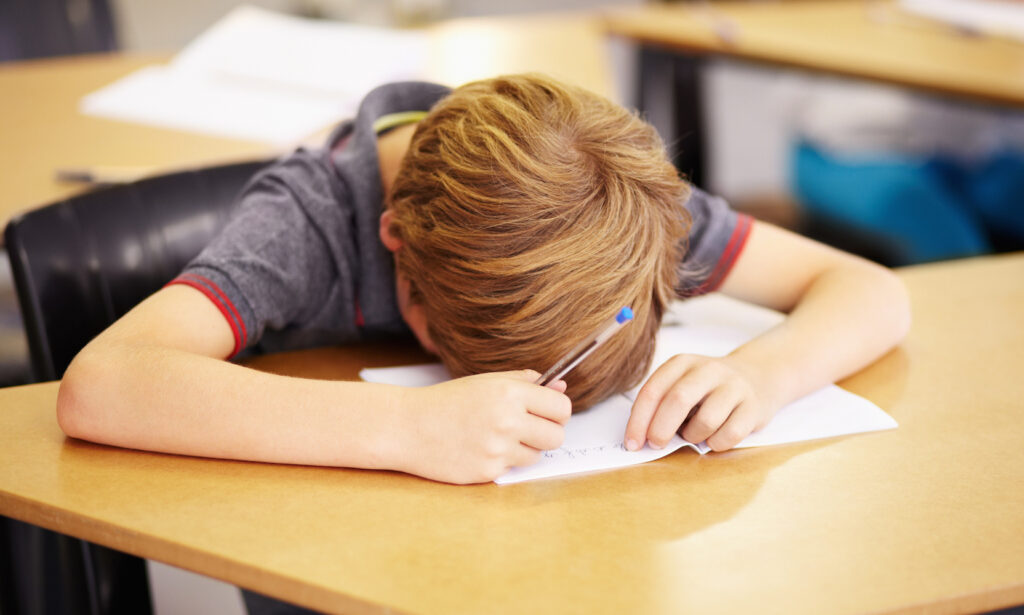New Jersey students still haven’t recovered from pandemic, state report reveals
New Jersey students are still lagging behind pre-pandemic levels, according to a report released by the New Jersey Department of Education.
“The NJDOE’s School Performance Reports provide…

New Jersey students are still lagging behind pre-pandemic levels, according to a report released by the New Jersey Department of Education.
“The NJDOE’s School Performance Reports provide communities with a starting point for discussion, and they can also be a valuable tool for school leaders to identify successes and areas for improvement,” acting Commissioner of Education Kevin Dehmer said in a press release.
“Our educators are particularly interested in the student growth data because when focusing on academic growth, rather than solely test scores, we get a better understanding of how well our students are progressing and opportunities for improvement.”
The report only compares the 2022-23 reading and math scores to the 2021-22 scores, with both showing a slight 2% increase.
However, when compared to the 2018-19 pre-pandemic scores, students are substantially worse off. Currently, just 51% of students are proficient in English language arts (ELA). Four years ago, 58% were.
Similarly, math rates have fallen from 44.5% to 38.2%. Science rates dipped two points in the grades in which they are tested.
Moreover, the learning losses varied across racial demographics. Asian students are the closest to their pre-pandemic scores, losing 3 points in ELA and 3.5 in math. Black students lost 4.5 to 5 points in each subject, while white and Hispanic students lost 6 to 7 points in reading and 5 to 7 points in math.
All this learning loss defies the huge amounts of funding public schools receive. The New Jersey School Board Association reported in 2022 that per-pupil funding exceeded $18,000.
The average private school tuition in the Garden State is less than $16,000.
As Dehmer noted, the NJDOE report also provides new data about student growth, which was not tested for between 2019 and 2022.
The student growth metric measures a student’s scores against the results of other students who scored similarly in prior years. The purpose is to give educators a sense of how quickly students are progressing within their relative peer group.
Though such metrics can be valuable, they must be taken with a grain of salt because a student could have “high growth” while still lagging behind state standards or “low growth” relative to a gifted peer group.



